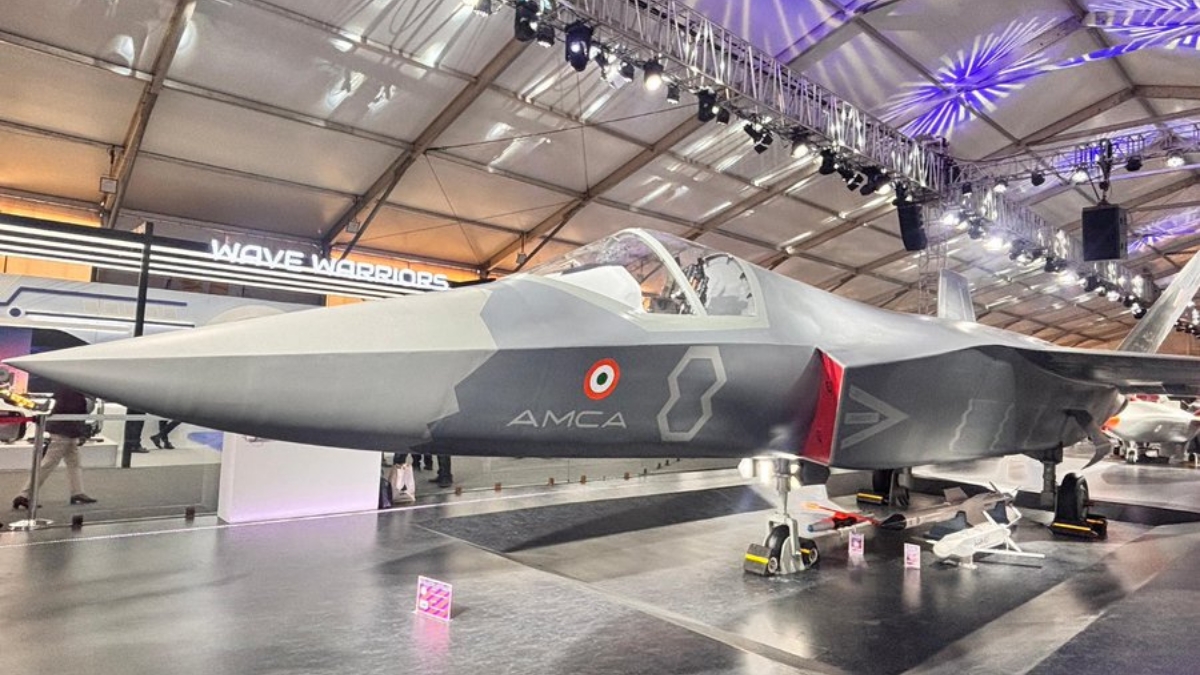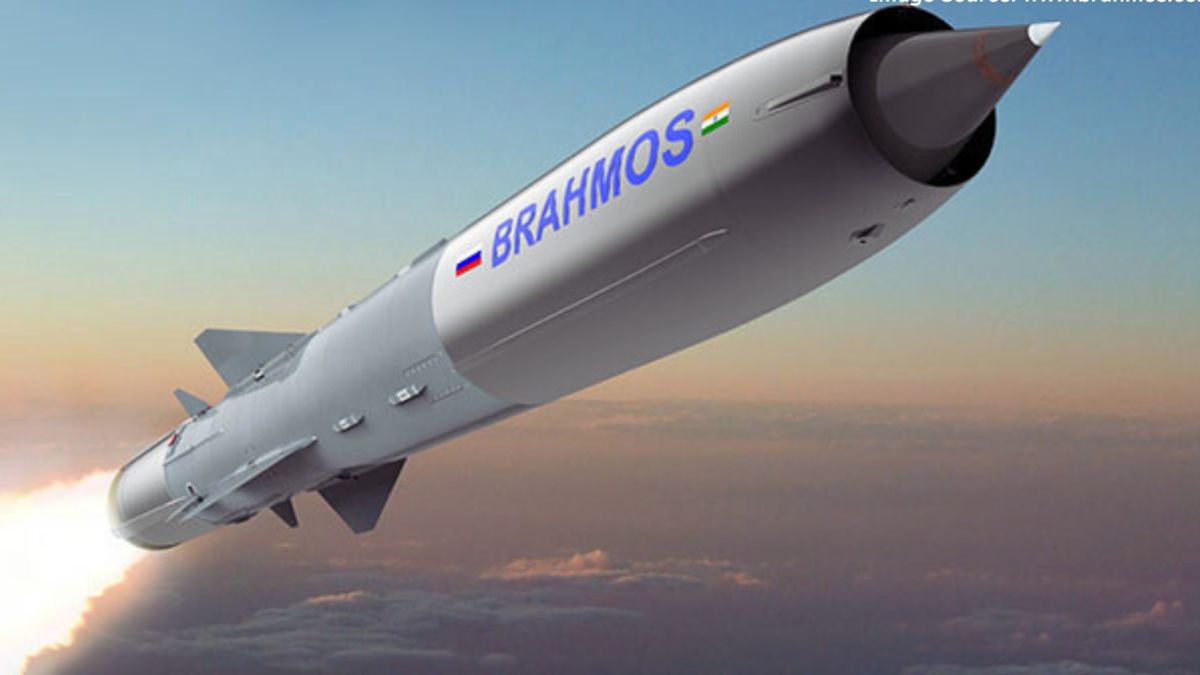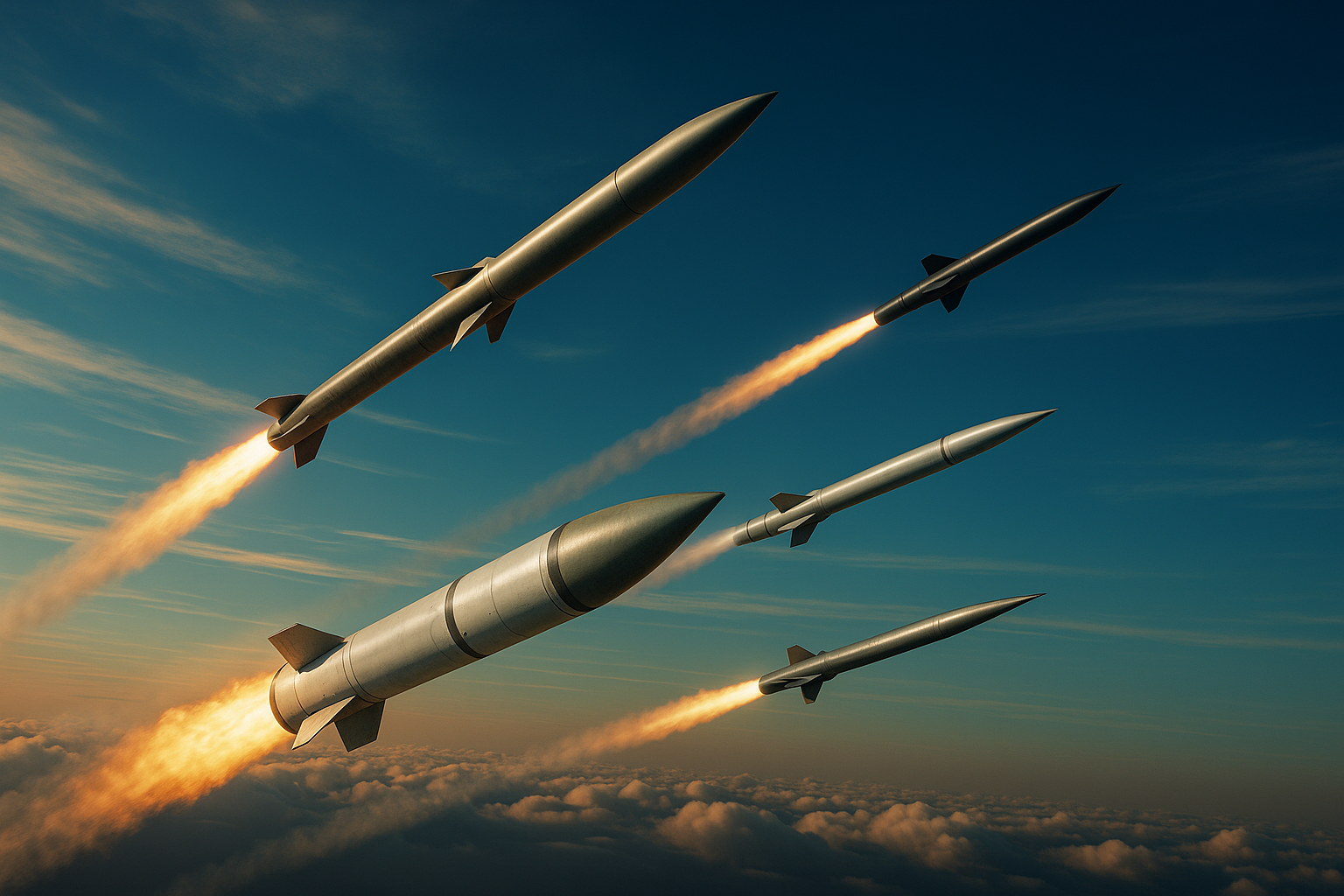India’s Quest For Indigenous Aeroengines – Partners Safran, GE For AMCA, Tejas Combat Jets

Having announced a tripartite collaboration with BrahMos and Axiscades Technologies for AMCA bidding, Goodluck India has generated a lot of excitement. Image courtesy: X.com/@DefenceMinIndia
India has taken a decisive step in its quest for self-reliance in defence technologies by joining hands with France’s Safran to design and manufacture a new 120 kN engine for the Advanced Medium Combat Aircraft (AMCA).
Parallel to the India–France deal, HAL and GE Aerospace are moving forward with their agreement to co-produce GE’s F414 engines in India. These engines will power the Light Combat Aircraft (LCA) Mk2 fleet of the Indian Air Force.
What are the timelines for the Safran aeroengine?
The ambitious fifth-generation fighter programme, which New Delhi aims to field by 2035, will rely heavily on this new engine for stealth, supercruise capability, and high manoeuvrability.
Defence Minister Rajnath Singh made the announcement at the Economic Times World Leaders Forum, calling it a “big step” for India’s indigenous aerospace capabilities. “We are about to start engine manufacturing work in India with the French company Safran,” Singh said in a post on X, underlining the collaboration as a turning point in India’s aviation sector.
Is the Safran-GRTE alliance part of France’s strategic ties with India?
Safran, the French manufacturer behind the Rafale’s M88 engine, will spearhead the development of the 120 kN engine in partnership with India’s Defence Research and Development Organisation (DRDO) and the Gas Turbine Research Establishment (GTRE).
The programme, part of the Horizon 2047 India-France strategic roadmap, will also coincide with 2026 being celebrated as a “year of innovation” between the two nations.
The new engine will power the AMCA’s second tranche of fighters. The first batch of AMCAs will use GE’s F414 engines, with Hindustan Aeronautics Limited (HAL) and General Electric (GE) Aerospace set to co-produce them in India.
Has Safran proposed a complete engine ecosystem in India?
According to defence officials, Safran not only pitched for the AMCA engine but also proposed creating an entire ecosystem for aircraft engine manufacturing in India.
The 120 kN engine’s development is expected to take about a decade, with production following soon after. This government-to-government contract is set to formally begin negotiations in the coming months.
The French engine-maker is also strengthening its presence in India by setting up a new Maintenance, Repair, and Overhaul (MRO) facility for Rafale’s M88 engines in Hyderabad, the first such centre outside France.
What is the progress on the HAL–GE pact for LCA Mk2 engines?
Parallel to the India–France deal, HAL and GE Aerospace are moving forward with their agreement to co-produce GE’s F414 engines in India. These engines will power the Light Combat Aircraft (LCA) Mk2 fleet of the Indian Air Force.
Commercial negotiations between HAL and GE are expected to conclude within three months. The US Congress had already cleared the engine deal in August 2023 after Prime Minister Narendra Modi’s state visit to Washington, where the pact was first announced.
While GE has agreed to transfer up to 80% of the technology, including critical advances in turbine blade machining, nozzle guide vanes, and thermal barrier coatings, some key components remain outside the transfer. Officials, however, remain confident that the project will align with the production timelines of the LCA Mk2 and its prototype testing.
How is India closer to fulfilling its aeroengines quest?
For decades, India has struggled with indigenous fighter jet engine development. The collaboration with Safran for the AMCA engine and GE for the LCA Mk2 marks a significant leap toward breaking that dependency.
Once operational, the joint ventures will give India a twin advantage: building advanced engines domestically while also acquiring critical know-how to strengthen its aerospace ecosystem.
With both French and American collaborations running in parallel, India is now closer than ever to achieving its long-term ambition of developing and manufacturing advanced fighter jet engines on home soil.







